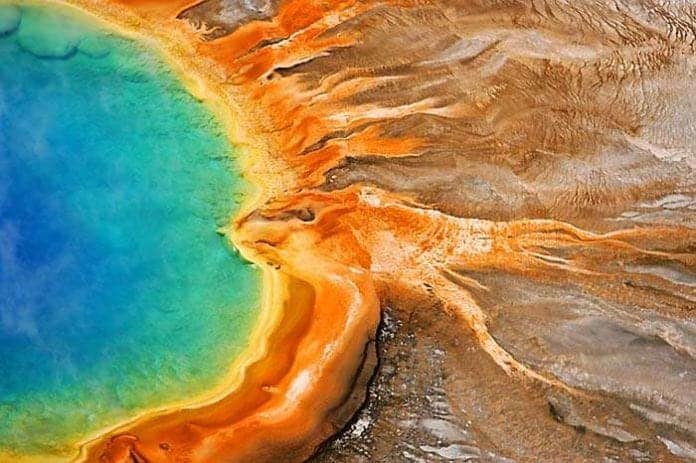
Domain Archaea/Archaebacteria: In the 1970s, while studying the relationships among prokaryotes using DNA sequences, a scientist named Carl Woese discovered some “unusual” organisms that appear to be very distinct from prokaryotes and eukaryotes.
These seemingly “unusual” organisms were neither prokaryotes nor eukaryotes. The extreme difference in the genetic and molecular levels lead scientists to the discovery of the third domain of life – the Domain Archaea.
Members of the domain Archaea, or simply Archaeans, are incredibly abundant in environments that are hostile to all other life forms; hence, their place among other living organisms long went unrecognized.
The domain Archaea is a remarkably diverse and successful clade of organisms. Let us take a closer look and find out why:
Table of Contents
History of the Domain Archaea
Before its separation, the domain Archaea was formerly called the domain “Archaebacteria“, which is a misnomer since these organisms were not bacteria but belong to a separate clade.
- The name “Archaebacteria” was previously an untested hypothesis about the evolutionary status of the organisms having a type of metabolic ability that seems to be highly suited to the primordial conditions of life on Earth.
- Therefore, there is a substantial possibility that this new group of organisms is the oldest.
The three domains of life are illustrated below, showing that each is very distinct from the others.
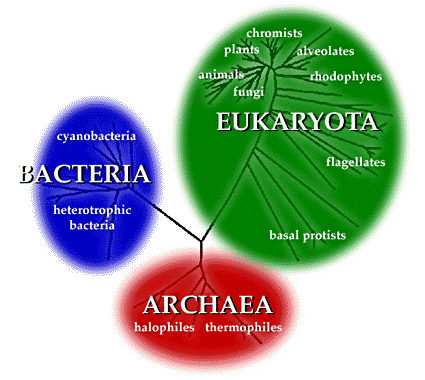
![]()
Characteristics of Archaea
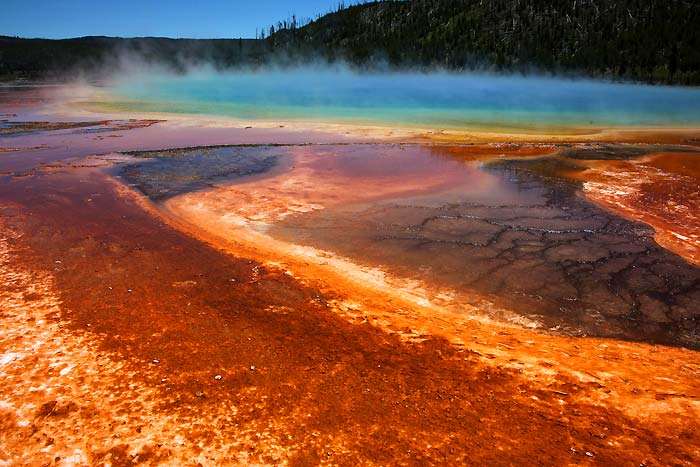
- One of the most distinguishing traits of these organisms is their ability to inhibit some of the most extreme environments (hence, they are sometimes referred to as “extremophiles“). Some of them thrive in hydrothermal vents in the deep ocean at temperatures of over 100 degrees Celsius high.
- Some of them live in either extraordinarily acidic or basic waters, while some are found to inhibit the digestive tracts of animals. While some of them even live in petroleum deposits underground.
- In terms of reproduction, Archaeans undergo asexual reproduction through binary fission, Meaning, the genetic material (DNA) duplicates as the cell wall pinches off the cell.
![]()
Intermediate Characteristics of Archaebacteria
The members of the domain Archaebacteria possess a curious mix of the characteristics of prokaryotic and eukaryotic organisms. The table below showcases some of those intermediate traits.
| PROKARYOTIC TRAITS | EUKARYOTIC TRAITS |
|---|---|
| Circular chromosome | DNA contains histones and other nucleosome-like structures |
| Has operons but lack introns | Mechanism for DNA replication, transcription, and translation |
| Able to perform metabolic functions like energy generation, synthesis of polysaccharides, and nitrogen fixation | Has the RNA polymerase for transcription, and initiation and elongation factors for translation |
However, Archaeans have some genes that are not like any found in anything else.
For instance, Archaeans that thrive in extremely saline environments have unique defensive molecules and mechanisms from breaking the cells out.
Another thing is that some Archaeans have molecules that come in contact with acids to help prevent them from bursting.
![]()
Three Types of Archaebacteria
The domain Archaea is a group of unusual organisms and is known to include three groups: methanogens, extreme halophiles, and thermoacidophiles.
1. Methanogens

- These organisms are found in environments that have no oxygen (anoxic): in muddy marshes and swamps, and the digestive tracts of cows, termites, and marine life.
- Methanogens get their energy from their utilization of hydrogen and carbon dioxide (CO2).
- At present, two methanogens have already had their complete sequenced genome: Methanocaldococcus jannaschii and Methanothermobacter thermoautotrophicus.
The chemical equation for methane gas is:
![]()
2. Extreme Halophiles

- Interestingly, these extreme halophiles produce the pigment bacteriorhodopsin that gives them the ability to utilize sunlight as the source of energy, in the same manner, that plants use it for photosynthesis.
- Aside from the sea, halophiles can also live in the soil if the salt level is very high.
![]()
3. Thermoacidophiles
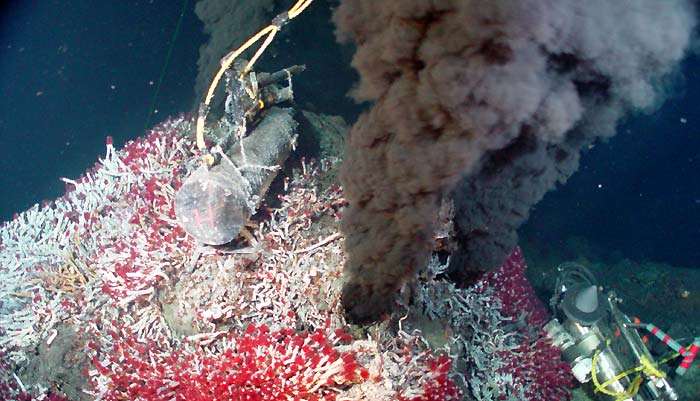
- The ideal temperature and pH levels for thermoacidophiles are at 70 degrees Celsius (and higher) and pH levels of 1 or 2 (similar pH as concentrated sulfuric acid.
- However, when subjected to lower temperatures below 55 degrees Celsius (131 degrees Fahrenheit), they die.
Despite this, it is essential to note that not all Archaea are extremophiles. Many of them thrive in normal environmental conditions. In particular, some of them can be found alongside bacteria and some marine plants in the ocean.
![]()
Importance of Archaea (Commercial Uses)

- These Archaea become the source of enzymes that are usually added to detergents to help them maintain their activity even at higher temperatures and pH.
- Some enzymes from Archaea are also used to convert cornstarch into the fiber dextrin.
- Some Archaea also bear the potential for bioremediation or help in cleaning contaminated sites.
- The thermophilic Archaea, Thermus aquaticus, is an essential part of the development of molecular biology as a science. As a result, Archean has become the source of the enzyme harnessed as the basis for the amplification of the DNA in a technique called Polymerase Chain Reaction (PCR).
![]()
Currently, members of the domain Archaea may be the only organisms that can survive in extreme habitats. Much is still to be discovered about these microorganisms, and as the advancement of technology becomes more extensive, the understanding of the microscopic world becomes more comprehensive as well.
Soon, we might as well be introduced to new domains of life that were previously unknown to science or creatures that were not imagined even to exist. Who knows?




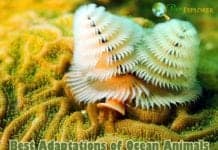


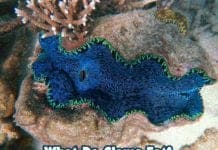










[…] their ranks are members that produce methane (the methanogens), acidophiles who live at pH extremes, and halophiles that thrive in very salty environments. Now, […]